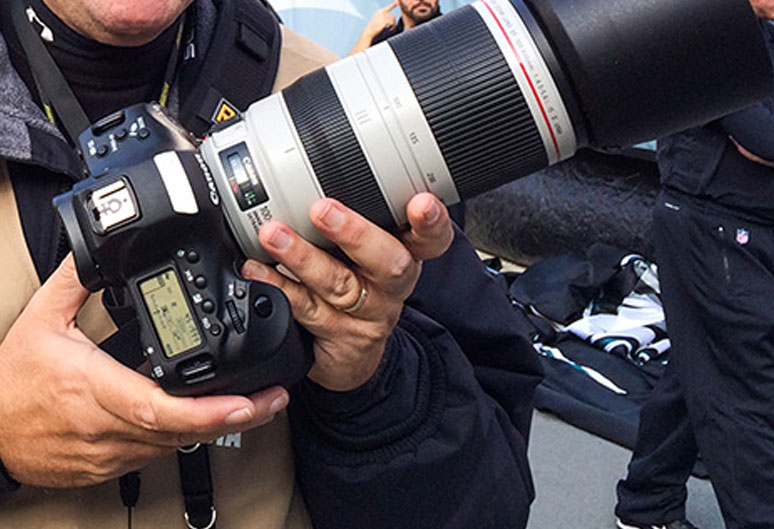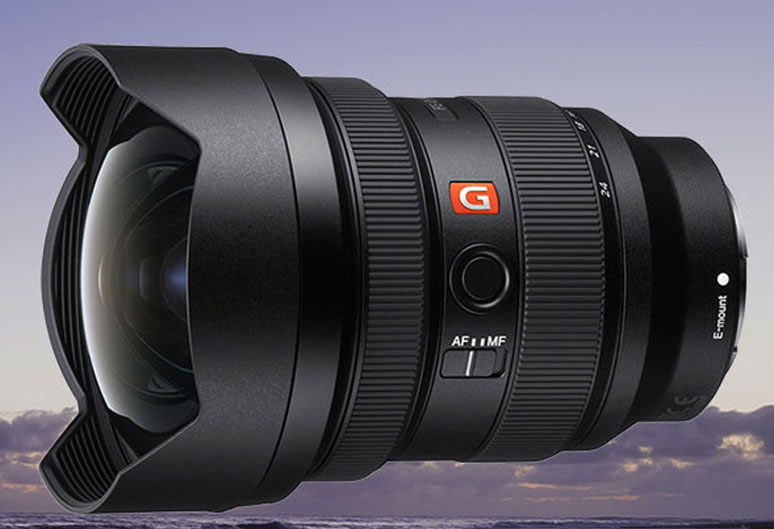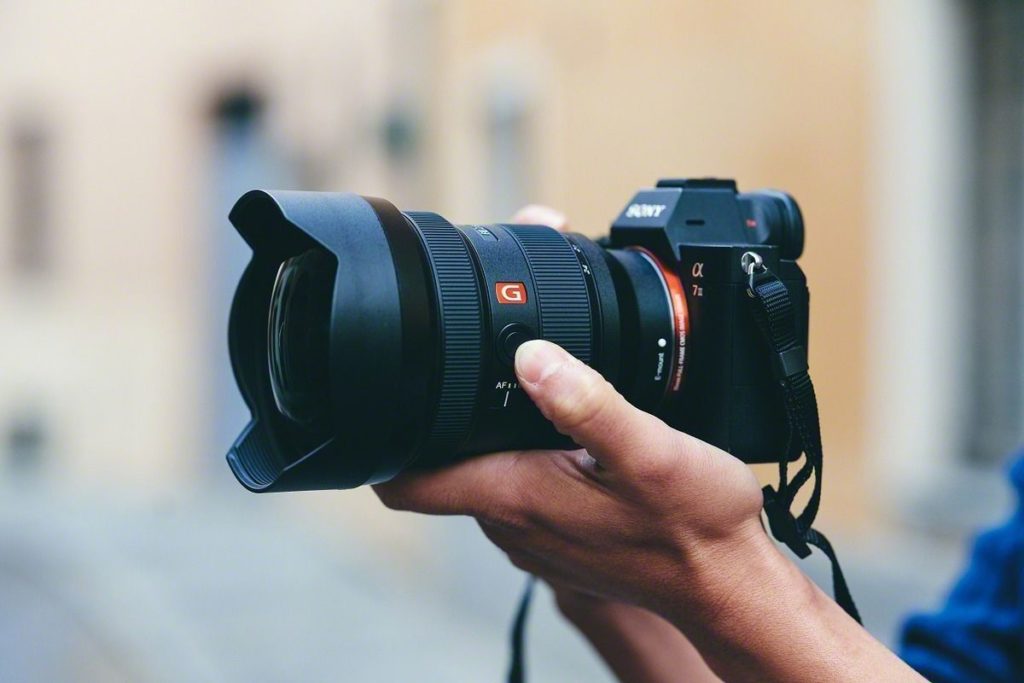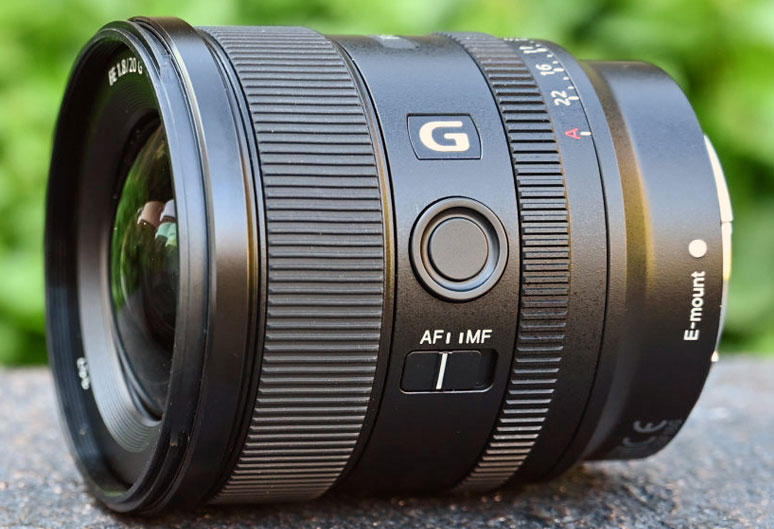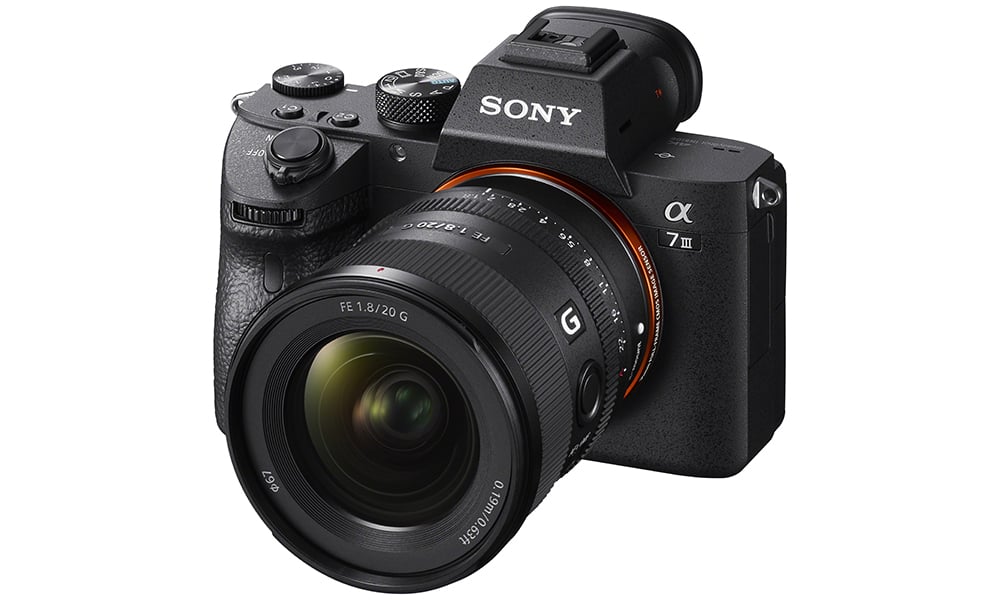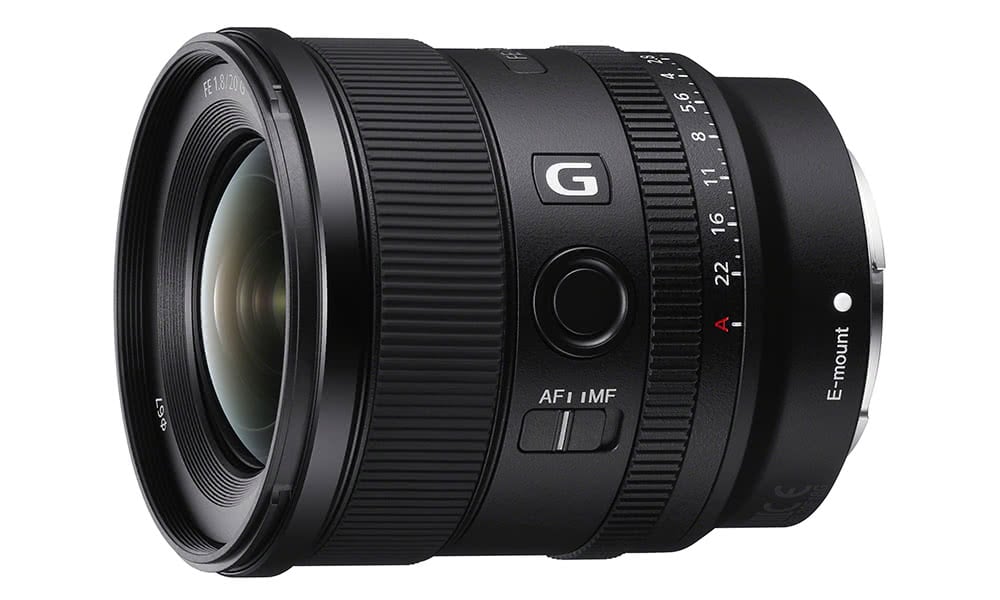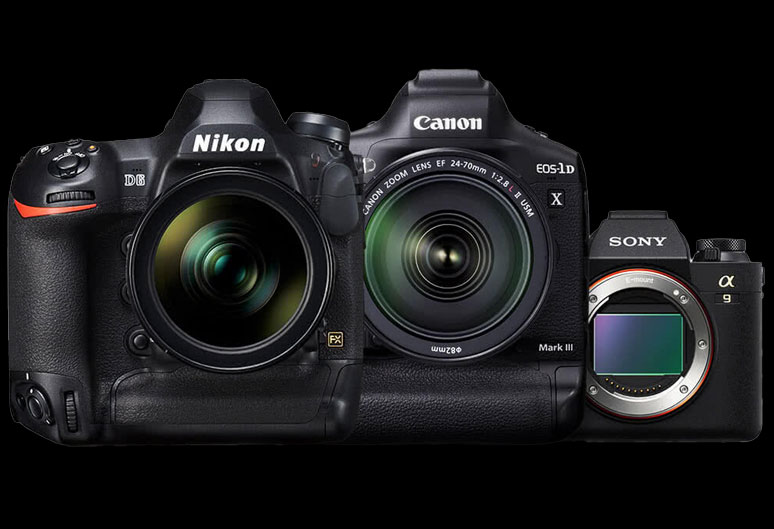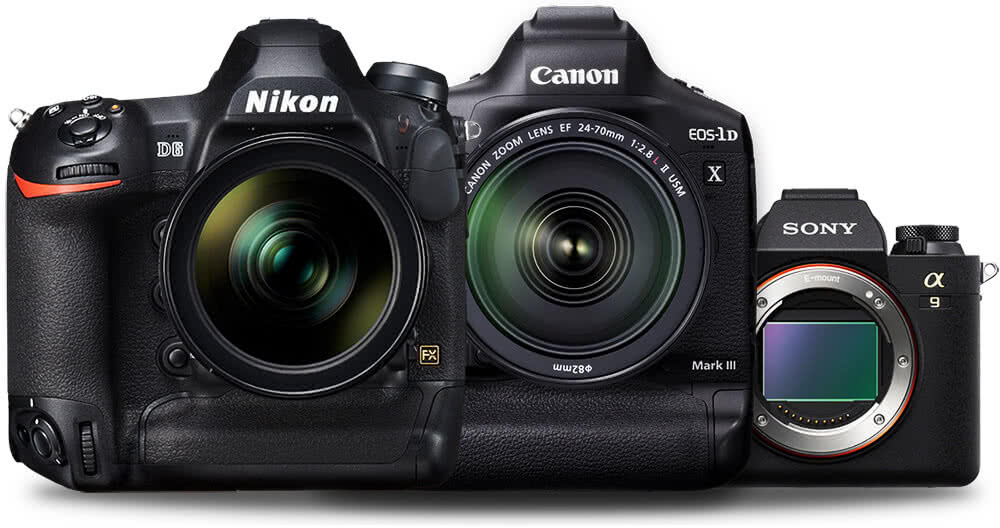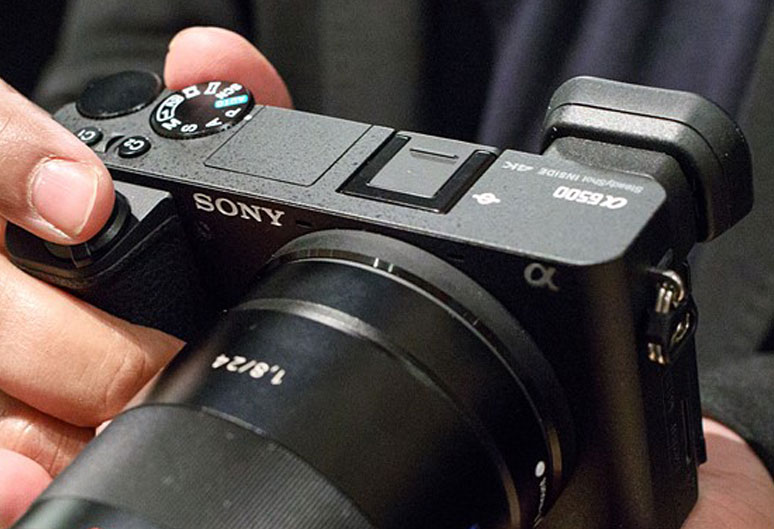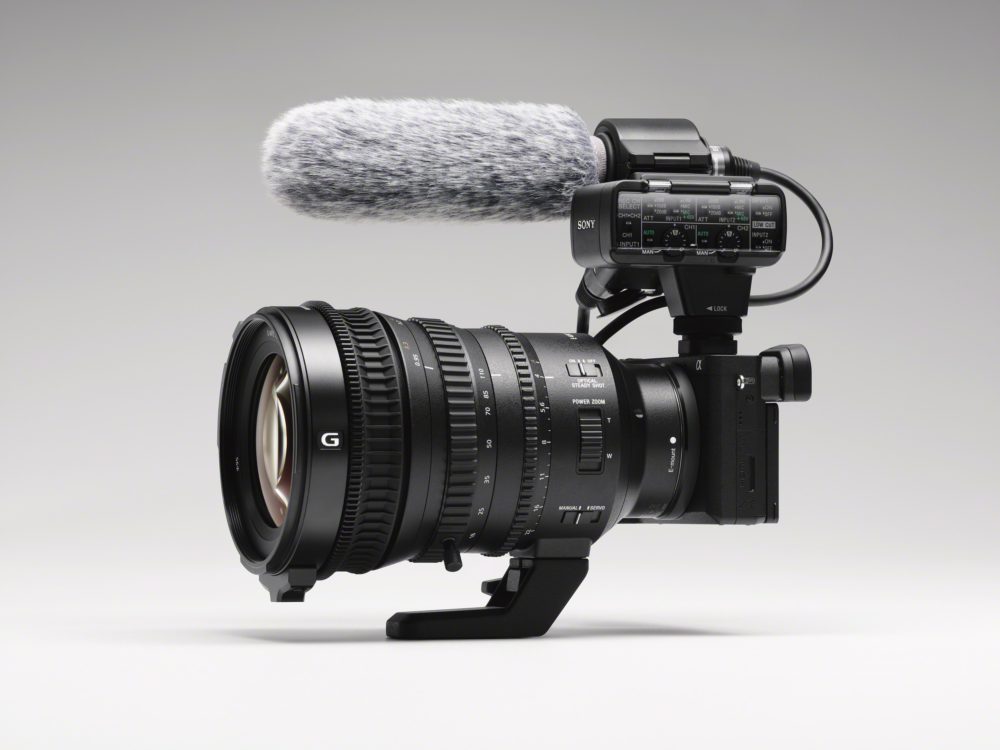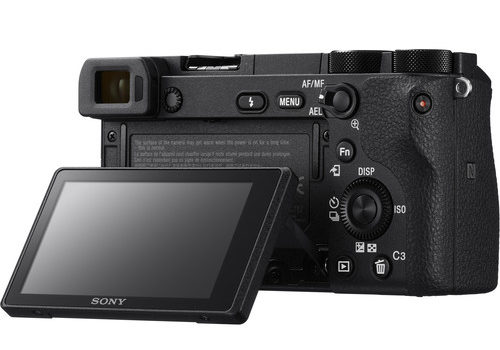Now that optical technology is improving and lenses like the 100-400mm are getting lighter and lighter, carrying a broad-range telephoto zoom lens is starting to make more sense than carrying around multiple lenses.
Many news and sports photographers swear by their 100-400mm lenses – we recently spoke to Times photographer Richard Pohle to get the lowdown on why he loves his so much – which is why we’ve put together this guide to the various 100-400mm lenses that are available for different systems.
Each lens has its own characteristics and strengths, which are worth being aware of before you jump in with both feet. In our guide, we’ve included the best of the best for all the major pro systems – Canon EF, Nikon F, Sony FE, Fujifilm X and Canon RF – as well as a few third-party options for those who are looking to pick up a great lens on a budget.
Canon EF
Canon EF 100-400mm f/4.5-5.6L IS II USM
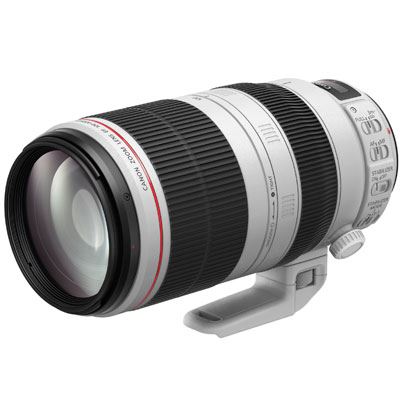
Construction: 21 elements in 16 groups
Image stabilisation: 4-stop Optical Stabiliser
Minimum focusing distance: 0.98m
Weather-sealing: Yes
Weight: 1,640g
Refining and perfecting a formula that was already pretty darn great to begin with, the Canon EF 100-400mm f/4.5-5.6L IS II USM is the second version of the firm’s 100-400mm lens for EF mount, and it’s a professional-grade optic for the working photographer.
Exceptionally sharp thanks to its sophisticated optical construction, the EF 100-400mm f/4.5-5.6L IS II USM uses a rotating zoom mechanism, rather than the push-pull design of previous models, making it easier and more intuitive to operate. This rotation incorporates a Zoom Touch Adjustment Ring, which can be customised to suit the user’s preferred feel of zoom control. Image quality is outstanding, autofocus is zip-fast thanks to the USM motor, and Canon also includes its 4-stop Optical Stabiliser, making the lens even more useful when shooting handheld.
Weather-sealed for outdoor shooting, the Canon EF 100-400mm f/4.5-5.6L IS II USM is an exceptional tool for any Canon-shooting pro who needs reach, quality and flexibility.
Nikon F
Nikon AF-S 80-400mm f/4.5-5.6G ED VR
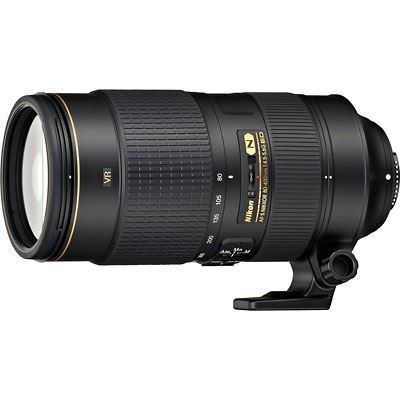
Construction: 20 elements in 12 groups
Image stabilisation: 4-stop Vibration Reduction
Minimum focusing distance: 1.5m
Weather-sealing: No
Weight: 1,570g
The Nikon AF-S 80-400mm f/4.5-5.6G ED VR gives you slightly more latitude to play with, with a focal range that starts at 80mm rather than the more common 100mm. Designed for use with the firm’s FX-format SLRs, it’s very much a professional lens for the serious user, boasting such features as Vibration Reduction (VR) system for minimising camera-shake, and the Silent Wave Motor (SWM) that enables fast and accurate autofocus.
Nikon has included 4 ED (Extra-low Dispersion) glass elements and one Super ED glass element in the optical construction of the lens in order to ensure top-notch sharpness, while the inclusion of Nano Crystal Coat helps to minimise flare and ghosting, even when you’re shooting into the light.
Sony E
Sony FE 100-400mm f/4.5-5.6 G Master OSS
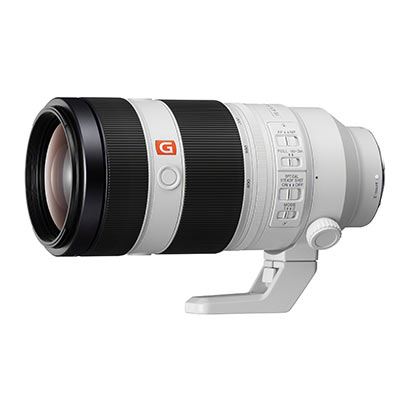
Construction: 22 elements in 16 groups
Image stabilisation: Optical SteadyShot
Minimum focusing distance: 0.98m
Weather-sealing: Yes
Weight: 1,395g
Sony’s G Master lenses are some of the finest optics around, and the FE 100-400mm f/4.5-5.6 G Master OSS is an exceptionally good lens for anyone lucky enough to be using a full-frame Sony E-mount camera. Its impressively innovative autofocusing system combines floating focus with a double linear motor and a Direct Drive SSM system, making for super-fast and accurate autofocus.
The inclusion of Sony Nano AR coating eliminates flare and ghosting in images, while the lightweight magnesium-alloy construction means it’s lighter to carry than both the Canon and Nikon optics above. Creating super-silky background bokeh is a cinch thanks to the nine-bladed aperture and ED glass elements, making it an ideal lens for wildlife portraiture or sports shooting.
Professional grade, powerful and portable, the Sony FE 100-400mm f/4.5-5.6 G Master OSS really is one of the best 100-400mm lenses around.
Fujifilm X
Fujifilm XF 100-400mm f/4.5-5.6 R LM OIS WR
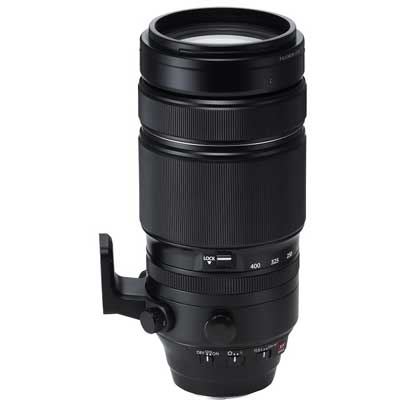
Construction: 21 elements in 14 groups
Image stabilisation: 5-stop image stabilisation
Minimum focusing distance: 1.75m
Weather-sealing: Yes
Weight: 1,375g
As the Fujifilm XF 100-400mm f/4.5-5.6 R LM OIS WR works with Fujifilm X cameras, which have APS-C sensors, its “true” focal length is actually 152-609mm, giving you a little extra telephoto reach that’s useful for wildlife photography. The lens is thoroughly kitted out for outdoor photography, with a construction that features 13 water- and dust-resistant seals at 12 points, and can operate in temperatures as low as -10°C.
Lightweight and speedy, with a five-stop stabilisation system, the lens is great for picking out fast-moving targets and producing images full of vibrant details and contrast. Also, thanks to the maximum magnification of 0.19x, the lens can be used as a telephoto macro, opening up plenty of interesting possibilities.
A super-telephoto made with the attention to detail and quality that Fujifilm are known for, the Fujifilm XF 100-400mm f/4.5-5.6 R LM OIS WR lets you push the X system even further.
Canon RF
Canon RF 100-500mm f4.5-7.1 L IS USM Lens
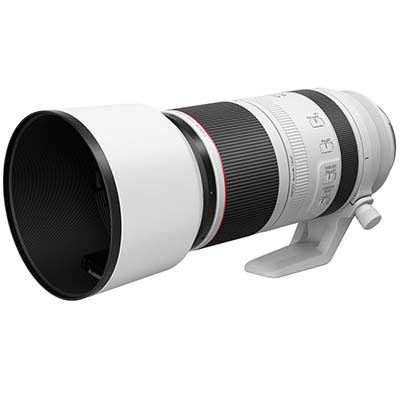
Construction: 20 elements in 14 groups
Image stabilisation: 5-stop image stabiliser
Minimum focusing distance: 0.9m
Weather-sealing: Yes
Weight: 1,530g
The first super-telephoto zoom for the RF system, Canon actually gives range-hungry shooters an extra bit of focal length to play with, as this lens runs from 100mm to an impressive 500mm.
If you’re planning to shoot sports of wildlife images then you’re pretty much set for life here. The Canon RF 100-500mm f4.5-7.1 L IS USM’s construction incorporates Super UD and UD elements for a superior image free from distortion, while ASC coatings control for unwanted reflections. It’s easy to control functions with the customisable control ring, while the body is also sealed to dust and water, with an additional heat shield coating. If you need to push the focal length still further, it’s also compatible with Canon’s RF 1.4x and 2x extenders.
The next generation of optics looks to be in good hands, with the Canon RF 100-500mm f4.5-7.1 L IS USM Lens representing an exciting new frontier of imaging.
Third-party 100-400mm lenses
Tamron 100-400mm f/4.5-6.3 Di VC USD
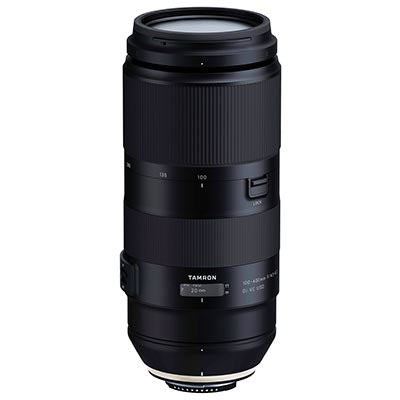
Available for: Canon EF, Nikon F
Construction: 17 elements in 11 groups
Image stabilisation: 4-stop Vibration Compensation
Minimum focusing distance: 1.5m
Weather-sealing: Yes
Weight: 1,120g
A budget alternative for those who don’t want to pay the premium for Canon or Nikon’s own 100-400mm lenses, this Tamron optic ticks a huge number of boxes for a lens of its price. As well as including features like four-stop Vibration Compensation and a minimum focusing distance, it’s also sealed against dust and moisture.
Autofocus performance is quick and accurate thanks to the USD (Ultrasonic Silent Drive) and Dual MPU (Micro-Processing Unit) control system, while three LD (Low Dispersion) lens elements help to reduce aberration and distortion. The lens also sports an eBAND coating to reduce unwanted reflections, for clean and crisp images.
Despite its budget price, this is a seriously impressive lens, and any Canon or Nikon user looking to save some cash should definitely consider it.
Sigma 100-400mm f5-6.3 DG OS HSM Contemporary
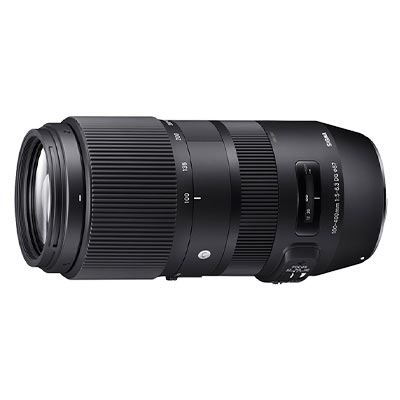
Available for: Canon EF, Nikon F, Sigma
Construction: 21 elements in 15 groups
Image stabilisation: Optical stabiliser
Minimum focusing distance: 0.16m
Weather-sealing: No
Weight: 1,160g
Another budget-friendly lens that’s definitely worth considering for Canon and Nikon users, the Sigma 100-400mm f5-6.3 DG OS HSM Contemporary Lens is designed around providing the user with as much shooting flexibility as possible. This means that as well as that generous focal range, you also get a choice between a twist or push-pull zooming action, an algorithm-based optical stabiliser, and an impressively short minimum focusing distance of just 160cm, which puts close-up shooting in play. And with a maximum magnification ratio of 1:3.8, this lens is very much capable of macro imagery.
The Hypersonic Motor provides quick and quiet autofocus,and the incorporation of four Special Low Dispersion (SLD) elements reduces colour fringing and chromatic aberrations for a final image that’s clear, sharp and full of contrast.
The value for money you get with the Sigma 100-400mm f5-6.3 DG OS HSM Contemporary is truly fantastic, and makes it pound-for-pound one of the most enticing 100-400mm lenses around.
Sigma 100-400mm f/5-6.3 DG DN OS
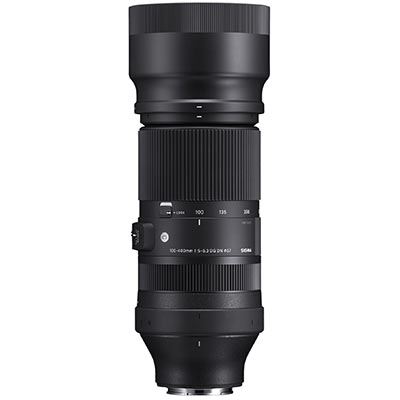
Available for: Sony E, L-mount
Construction: 22 elements in 16 groups
Image stabilisation: Optical stabiliser
Minimum focusing distance: 1.12m
Weather-sealing: Yes
Weight: 1,135g
This lightweight 100-400mm lens is basically the rough equivalent of Sigma’s other Contemporary lens, but this one for mirrorless shooting. It comes in Sony E and L-mount fits, and is much lighter than a typical lens of its type, weighing in at just 1,135g. Despite its impressively budget price, the lens packs in plenty of upscale features: there’s the stepping motor autofocus system that’s fast and practically silent, there’s the electronically coupled manual focus ring, there’s the choice between push-pull or twist-action zoom.
We could go on. And we will – the Sigma 100-400mm f/5-6.3 DG DN OS also sports an optical stabiliser that’ll give you about four stops of compensation, and an impressive optical construction that ensures the lens punches well above its weight in terms of image quality.
This is an excellent telephoto zoom, and at a bargain price to boot.

